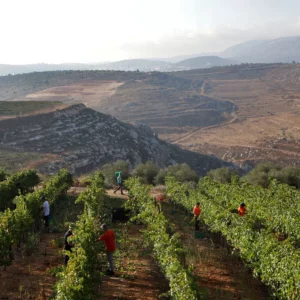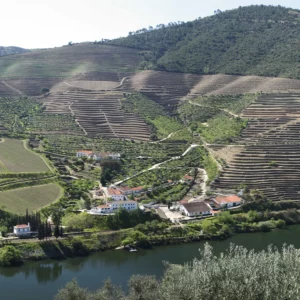Israel is an Eastern Mediterranean country, part of what some will call the Levant and others, the Near East. It is a sliver of a country bordered by the Mediterranean Sea to the west, and surrounded by Lebanon, Syria, Jordan and Egypt to the north, west and south.
Israel is land of 20,770 square kilometers (7,992 sq miles). It stretches a mere 424 kilometers (263 miles) from north to south. The population is 8 million. Ancient names like Galilee, Nazareth, and Jerusalem reek with Biblical history. There are also the modern cities of Tel Aviv and Haifa built on the shores of the Mediterranean Sea, which are fruits of modern Israel. The country boasts mountains like Mount Hermon on the Golan Heights, Mount Meron in the Upper Galilee and the Dead Sea, the lowest point on earth.
The country may be divided into three distinct parts. There is the coastal plain, the hilly or mountainous region that runs down the spine of the country and the Jordan Rift Valley, which is part of the Syrian – East African Rift. The fertile part of the country has a standard Meditirranean climate: long, hot, dry summers and short, cool, rainy winters. There will be occasional winter snow on the higher elevations, particularly the Golan Heights, Upper Galilee and Judean Hills. There is also a semi-arid area and the Negev Desert, which covers more than half the country.
The Mediterranean Sea is the most important element in Israel’s climate. The winds, rain and humidity usually come from the west. Israel has a standard Mediterranean climate: humid, hot summers and warm, wet winters. Rain is limited to the winter months. Annual precipitation ranges from 100 mm. in the south to 1,100 mm. in the north. Average annual temperatures are 15 oC to 20 oC. In the coldest month of January, the average temperatures range from 5 – 12 oC and in July/August 22-33 oC.
Adam Montefiore works for Carmel Winery and regularly writes about wine in both Israeli and international publications.


















